Leaves fall, days shorten, and colors shift. Yes, fellow pilgrims, let’s welcome the end of summer, ushering in a season that, following September 23rd’s equinox, can offer us a quite special pilgrim experience. Most pilgrims select summer for walking the Camino de Santiago, given the guaranteed vacations and favorable weather. Nevertheless, increasingly, Jacobean walkers are gravitating towards autumn, and for many, it is the favorite season to traverse the Camino de Santiago. Walking the Camino in Autumn is a splendid idea, and in this article, we’ll detail why.
Advantages of Walking the Camino in Autumn
We spoke of summer, a commendable time for the Camino de Santiago but with two major drawbacks: high temperatures and overcrowding. No worry, the Jacobean routes are open all year, 24/7/365.
Depending on your objectives, the end of September, and the months of October, November, and early December, provide a special charm and can deliver a unique experience and numerous advantages. Let’s delve into them:
- Ideal walking temperatures: This period, often a mild epilogue of summer, provides milder temperatures, not as extreme as summer or winter;
- Colorful nature and landscapes: Leaf carpets on paths, ochre hues in forests, and especially in Galicia, plentiful quality chestnuts and mushrooms (caution, do not consume any mushroom without confirming its edibility!);
- Less pilgrim congestion: As mentioned, most congregate during the summer months, so post-summer, you can walk with more serenity and moments of solitude, and additionally, finding accommodation will be easier;
- Traditional festivities: Summer’s end brings numerous deeply rooted local celebrations, like Magosto and Samhain (or “Halloween”) in Galicia between October and November;
- Pilgrims from various nations: September is a month when statistically, there are many foreign pilgrims, sometimes from quite uncommon countries on the Camino, and you will be able to practice languages and learn about various cultures.
Things We Must Consider
Although autumn’s climate and temperatures are very suitable for walking the Camino, it can also be cold in the mornings and evenings, and it might even rain or snow. Moreover, being the onset of the quiet low season, many services shut down between October and November, meaning you may have fewer lodging and restaurant options. No issue, these drawbacks are easily resolvable.
Helpful Items to Pack in Your Backpack
Remember, if you’re heading to Compostela in autumn, you’ll pass through Galicia. If the weather isn’t overly cooperative, ensure to pack breathable, quick-drying clothing. Certainly, waterproof boots, spare sneakers and clothing, raincoat, backpack rain cover, and warm clothing (thermal wear, neck gaiter, gloves, cap, etc.) are essentials. Bear in mind, in the end, you’ll pack more items in your backpack to mitigate rain and cold, thus it will be heavier.
Where to Sleep, Eat, and More
Regarding accommodations, restaurants, and services, it’s true there are fewer during mid-low season, but options exist, catering to all types and budgets. Nonetheless, if you wish to traverse the Camino de Santiago between September and December and avoid complications with lodging reservations and more, we can assist you. And if you need more luggage, we even offer a backpack transportation service.
Furthermore, the cold offers the chance to delight in the best of typical Galician cuisine, prepared to fill stomachs and warm bodies. Take the opportunity to sample a hearty Galician broth or stew, and the cold will be merely an anecdote.
Which is the Best Route of the Camino in Autumn?
As the Galicians say, it depends. Jokes aside, truly all the Jacobean routes are good as each offers distinct experiences. With our experience, we recommend the following.
The French Way. The Most Comfortable Option
It is the route with the most history and popularity. Beginning in Roncesvalles, it crosses northern Spain, traversing various regions and landscapes until reaching Santiago de Compostela. From October onward, you’ll walk upon leaves and chestnuts, and the paths, forests, and meadows will grant a special atmosphere and color.
In autumn, we recommend completing the last 100 km of the Way from Sarria, a legendary, very beautiful stretch with ample services. Extremely well signposted and with a gradient suitable for all, it offers the most services. On this route, do not miss trying the wines from Ribeira Sacra, the octopus of Melide, and perhaps a stew or Galician broth, especially in November.
The Portuguese Way and Its Majestic Coastal Landscapes
The second most popular route among pilgrims starts in Lisbon and crosses the Miño River before reaching Santiago de Compostela. Also steeped in history, it even allows for a coastal variant from Porto, enabling enjoyment of the Atlantic Ocean. This route is perfect during this period, as the temperatures in Portugal and southern Galicia are more benign between September and November than on other Jacobean routes.
The best option is to undertake the last 100 km of the Way from Tui, allowing you, for instance, to walk between sea and vineyards and celebrate your stages with a good glass of Albariño from the Galician Rías Baixas. This historic route, which follows the Roman Road XIX, is well-equipped with services, signposted, and has a gradient suitable for all audiences.
And There Are Many More Routes…
Yes, indeed, we can continue discussing more extensive routes or their last 100 km, although they are less popular and, therefore, have fewer services in September, October, and November. Note, they are always beautiful and well-marked routes:
- Northern Way from Vilalba: offering bucolic paths among meadows and authentic Galician villages;
- English Way from Ferrol: traversing the beautiful Galician High Estuaries and delivering all the goodness of their waters;
- Way of Finisterre and Muxía: a legendary and mythical route to the End of the World and its unique sunset;
- Primitive Way from Lugo: the first of the ways, and for dining, Lugo.
We emphasize that it’s best to complete the last 100 km of any of these routes, as they all run entirely through Galicia and are segments without high mountains, so snow probability is low.
An Autumn on the Camino de Santiago
Encourage yourself to discover all the goodness of the Camino de Santiago during this year-end period. You’ll discover new landscapes and a solitary tranquility on any of the routes discussed in this article, in addition to heritage, gastronomy, and local culture. Of course, any other route is valid for traversing the Camino during this period, even lesser-known ones like the Sanabrian Way, the Vía de la Plata or the Winter Way.
These final months of the year may present the best time to traverse the Camino de Santiago, and we can assist in organizing your pilgrim experience in autumn.

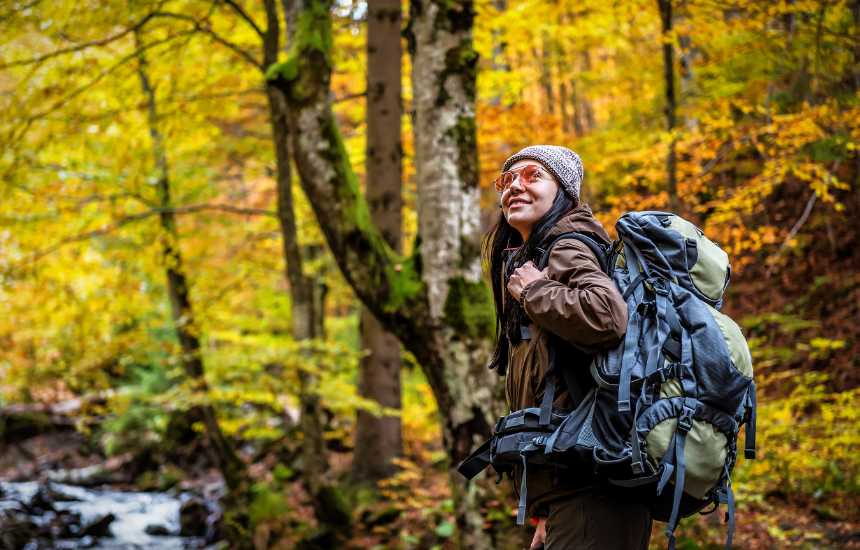
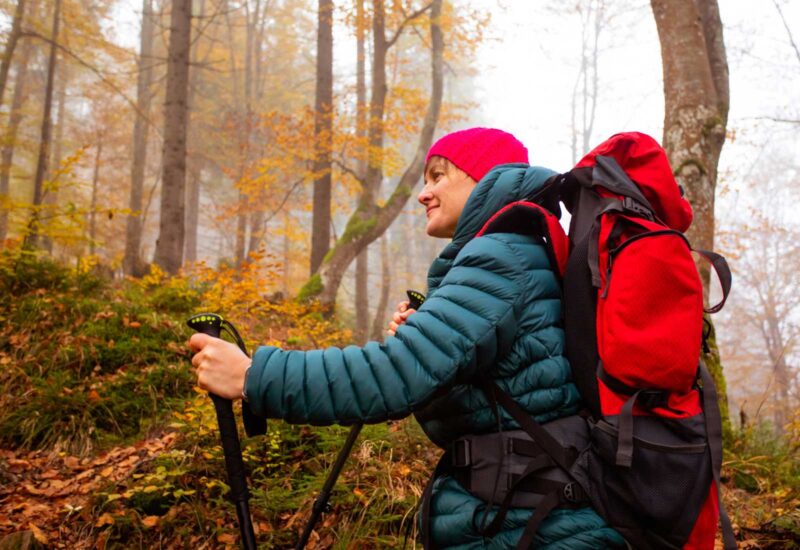
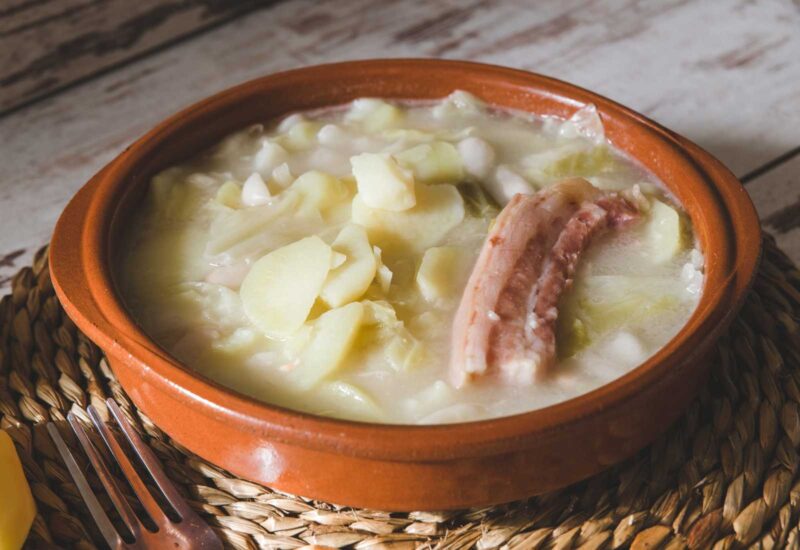
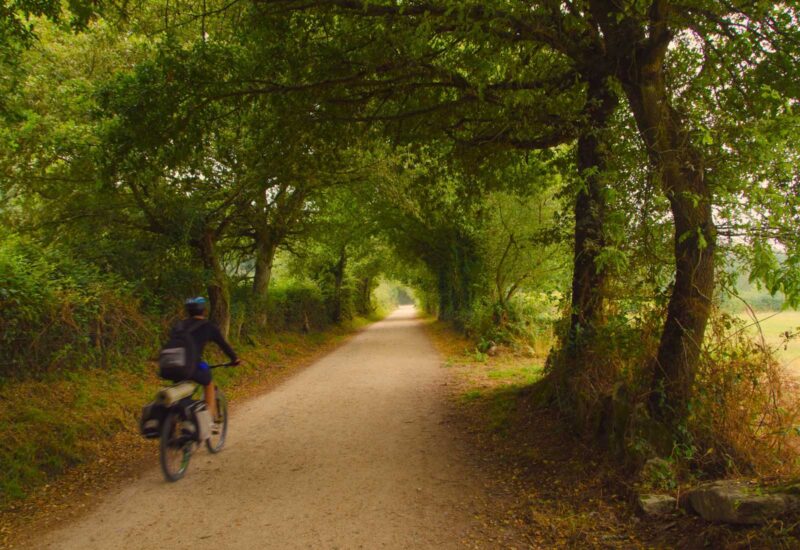
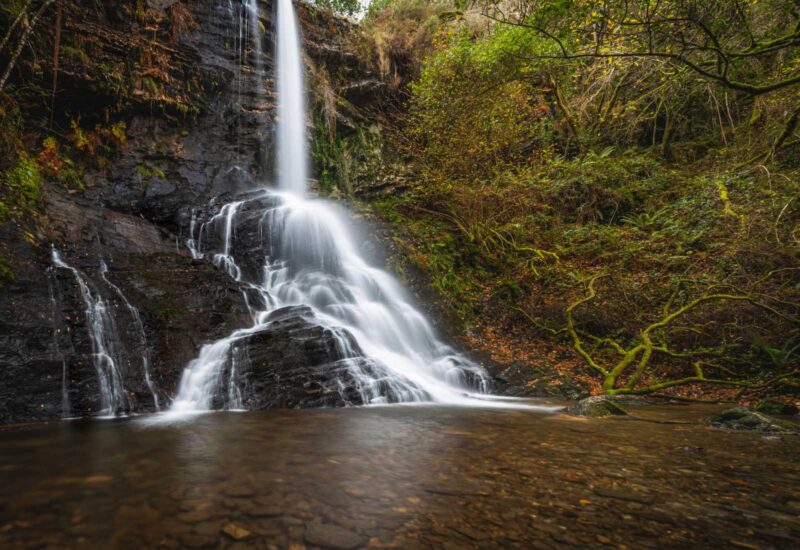


Leave A Comment